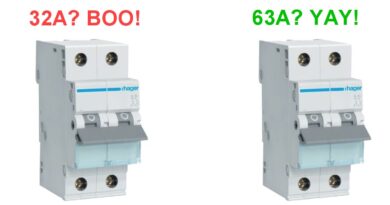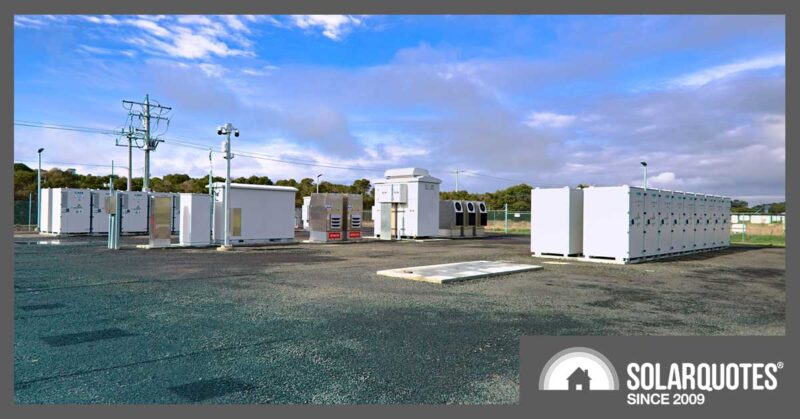Amber Electric’s NSW SmartShift Customers Clean Up

NSW home battery owners participating in Amber Electric’s SmartShift collectively did pretty well from recent wholesale electricity price spikes. But making the most of SmartShift is best suited to the adventurous and energy nerds.
On May 8, wholesale electricity prices in New South Wales reached the 7-day cumulative price threshold of $1,490,200. The cumulative price is based on the previous 2,016 trading intervals. On that day, the average spot price (RRP) reached $3,553.68 and the peak RRP – the average peak price from 7:00am to 10:00pm EST – hit $5,062.37; or $5.06 per kilowatt hour.
This spurred the Australian Energy Market Operator (AEMO) into action; placing an administered price cap of $600 per megawatt hour ($/MWh) and floor price of -600 $/MWh. The administered price period ended early yesterday morning.
As to why the event happened, the AEMO says in the two days leading up to its action, a number of major generation units went offline in New South Wales, and scheduled maintenance was also being carried out on transmission lines.
Enter Amber SmartShift
Amber Electric is an electricity retailer selling energy at the real-time wholesale price, and Amber’s SmartShift offer is for solar battery owners. It’s a Virtual Power Plant (VPP) of sorts involving an app that can control a battery to maximise savings as electricity prices fluctuate throughout the day – charging it when prices are low and discharging it into the grid when the cost of wholesale energy is high. In the case of the latter, battery owners can get very tidy returns from these battery exports.
As an example, the company says NSW SmartShift customers collectively made a whopping $525,424.15 between 2 May – 8 May. On average, this would equate to $179.48 credit per customer says Amber (side-note: that would mean Amber has around 2,900 NSW customers on SmartShift).
While the SmartShift algorithm can manage charging and discharging of a battery at an individual site level based on that site’s profile; customers can choose when a battery is charged or discharged, and can turn optimisations on and off at any time.
Look Carefully Before You Leap
Amber’s SmartShift passes on the full financial benefits (or otherwise) to its customers while only charging a flat $19 per month subscription fee. The lure of cheap mains electricity and potential for sky-high feed-in tariffs would be a very attractive proposition to many home battery owners.
But if you look at Amber’s various social media accounts, there’s a bit of negativity. Some of these disappointed customers may not have done their due diligence before jumping on board. Amber participation isn’t really a passive gig – households need to be more aware of how and when they use electricity, and pay special attention to the app and its settings.
SolarQuotes’ Jonathon took the leap into SmartShift and has published his thoughts at the 6-month mark and also in a 12-month review published late last year. It’s well worth reading both those articles before making a decision whether to join. The TL; DR version is he’s still with Amber, but given the risks associated with being exposed to wholesale prices, he says:
“This level of volatility means I wouldn’t recommend Amber to my grandma.”
Amber also had some issues fairly recently that saw the company put a pause on adding new Tesla Powerwalls due to conflicts between Amber’s SmartShift app and Powerwall control software. The good news is this was fixed in March.
Original Source: https://www.solarquotes.com.au/blog/amber-nsw-smartshift-mb2921/


















